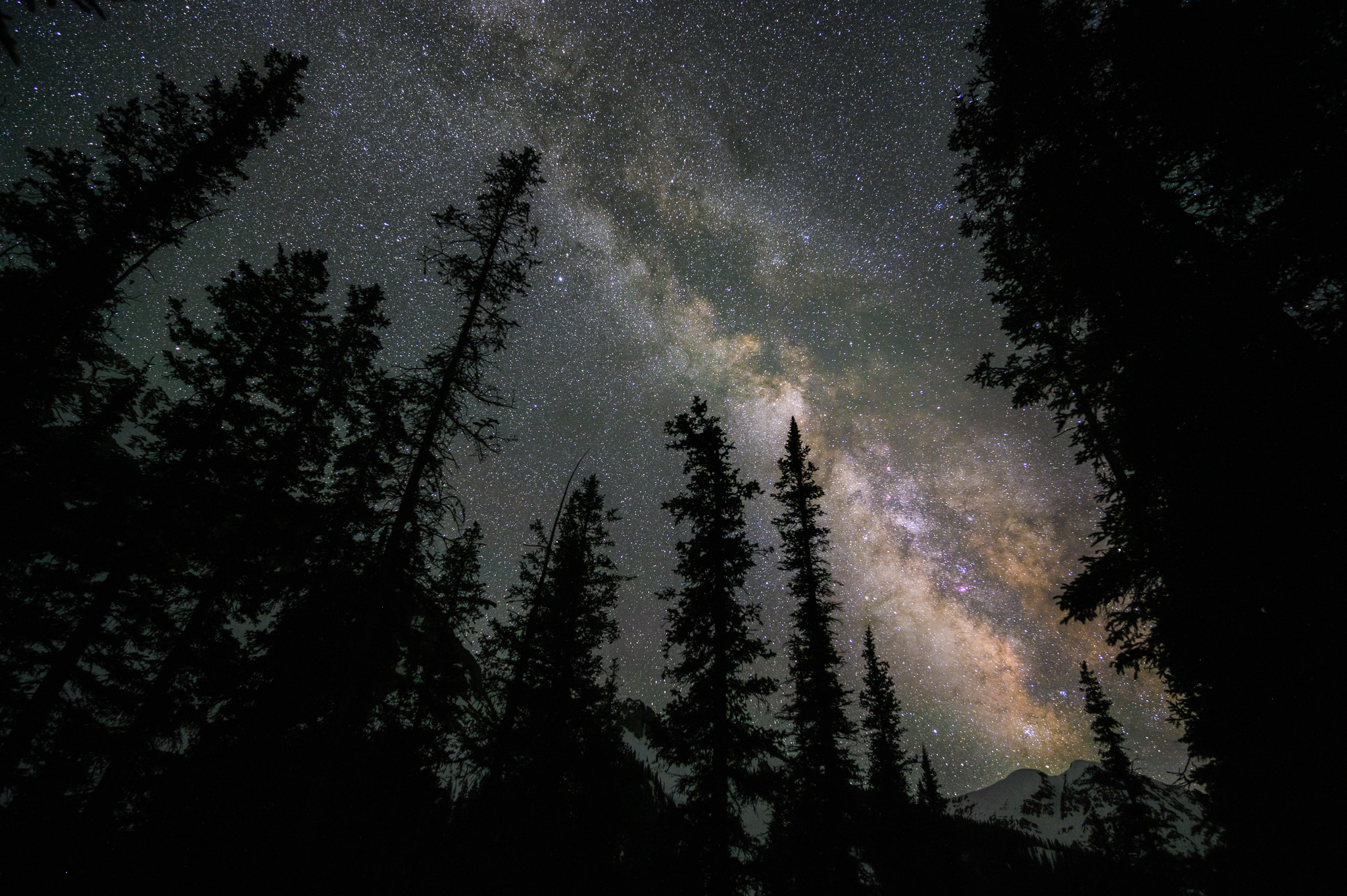Bob k.
Active member
This weekend I am hoping to get out and take some Milky Way shots and I am planning to stack the images using Sequator. I will be shooting with my Z6ii and the 20mm 1.8 and I don't have a star tracker. I am planning on keeping the exposures at 10 to 15 seconds to prevent the stars from trailing and I usually shoot the lens wide open. I have some questions for those of you who have tried this process. Is it better to keep the ISO down and brighten the image in post or raise the ISO and let the stacking process take care of the noise? How many images should I take for the stacking process? Does using a dark frame really help? What else should I do as I capture the images?
Just for fun, this is an image I took last year from a single shot.

Just for fun, this is an image I took last year from a single shot.
You can only see EXIF info for this image if you are logged in.



